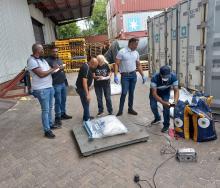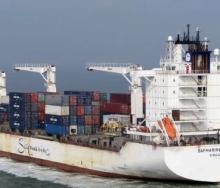Digital twin technology is expanding from its roots in the manufacturing, design, project management, traffic and town planning sectors into logistics.
Digital twins are working virtual representations of physical assets or processes.
Automotive engineering designers “run” and tweak a new engine or suspension design virtually before the first unit is made.
Town planners use it to plan traffic flows.
Logistics digital twins are coming into their own as the supply chain becomes more visible. US multinational transportation and logistics company FedEx generates a petabyte of information every day – enough to fill 500 billion pages of standard printed text.
Data comes from internal sources such as vehicle trackers and radio frequency identification (RFID) tags.
Data also comes from external sources such as weather and traffic reports.
Now that logistics specialists know how to capture information, they are finding new ways to use it – including with digital twins.
Gavin Laybourne, vice-president and chief information officer at APM Terminals, explains in a blog that “the supply chain logistics industry is undergoing a fundamental paradigm shift, driven by digital technology."
- Read the full article in our Freight Features edition on "Technology."













